#asi1600mm cool
Text

SH2-174. The Valentine Rose Nebula. 32hrs of exposure from my backyard.
Some controversy over what the nature of the nebula is. Great scientific study in the below article.
https://iopscience.iop.org/article/10.1088/0004-637X/799/2/198/meta
My acquisition details:
https://astrob.in/57cgka/0/
#sh2-174#myphotos#astrophotography#nebula#zwo#neq6 pro#celestron c8#asi1600mm cool#antlia#celestron#narrowband#backyard astrophotography
2 notes
·
View notes
Text

First Light with the ZWO ASI2600MM Pro mono camera
June and July consistently delivered terrible weather for astronomy. There was one clear-ish night somewhere in the middle of the waves of thunderstorms, torrential rain, and general cloudiness, but there was a nearly full moon, and a few hours of clear skies amid weeks of cloud wasn’t worth it. So I waited for the next opportunity. Last night, August 11th, I set up the Sky-Watcher mount with the William Optics SpaceCat and the new camera.
Here's the result of my first imaging run with the ZWO ASI2600MM Pro mono camera, cooled to -10C, Antlia 3nm Hydrogen-alpha Pro Imaging filter (2 inch). 52 x 300-second sub-exposures with minimal calibration (bias & dark, no flat frames). The ASI2600 is built around the monochrome version of the Sony IMX571 APS-C sized sensor, and although you can get away with 36mm unmounted filters, I went all the way to 2 inch mounted narrowband filters. And not even a hint of vignetting. I didn't use flat frames when stacking. So, am I impressed with the ZWO ASI2600MM Pro? Oh yeah.
I started narrowband imaging about ten years ago with Atik mono CCD cameras, moved through a couple QHYs, and settled on the ZWO ASI1600MM Pro—the smaller, older generation of this ASI2600. I've been using the 1600 for four or five years, and it was time to upgrade. The 2600 has been out for a little while—I'm not new to this camera but I'm really glad I made the jump.
Target Notes: NGC 7822, Cederblad 214, SH2-171 (the brighter emission nebula core) as well as the star cluster Berkeley 59. There are several long chains of clumps of dark nebulae, including LDN 1268, 1275, Dob 3637, 3627, 3623, many more. Nestled in that large band of dark nebulae toward the bottom is the reflection nebula GN 23.56.1. The very small circle of gray at the top left, blending in but dimmer than the nearby stars, with less contrast, is the planetary nebula Abell 1 (PLN 119+6.1). Find all of this—the nebulae and star forming complex in Cepheus near the edge of Cassiopeia.
3 notes
·
View notes
Photo
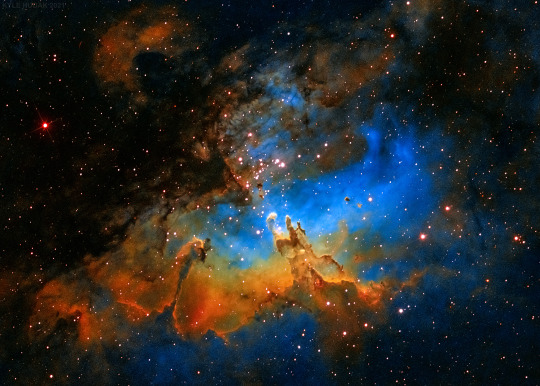
The Eagle Nebula in narrowband SHO with the famous 'Pillars of Creation' in the center. Taken on the 8" Newtonian with an ASI1600MM cooled mono astro camera.
2 notes
·
View notes
Text
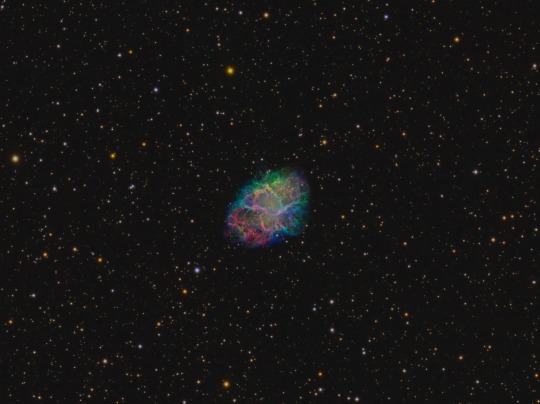
M1 - Crab Nebula. Imaged through Meade's 115mm APO.
Imaging cameras: ZWO ASI1600MM-Cool
Mounts: Ioptron CEM 120 EC2
Guiding telescopes or lenses: Meade APO 115
Guiding cameras: zwo ASI 120 mini
Focal reducers: Meade 0.8x Focal Reducer/Flattener For 115/130 APO
Software: Sequence Generator Pro · PixInsight
PC: Daniel P. on AstroBin - https://bit.ly/3h9iPht
2 notes
·
View notes
Photo

The pinwheel galaxy (m101) Located in the constellation Ursa major (big Dipper area) at 21 million light years away, m101 is a face on Galaxy with a lot to show Discovered by Pierre Mechain on March 27th 1781. Later sent to Charles messier to verify its position and be included in the catalogue. M101 spans a diameter of 170,000 light years. A large Galaxy indeed but still doesn't beat our home Galaxy which is 258,000 light years in diameter. However! M101 has estimated 1 trillion stars about twice as much as our home the milky way galaxy. Quite impressive indeed! This Galaxy is asymmetrical due to the strong gravitational forces of it's neighboring galaxies. This causes many strong star forming regions in it's spiral arms. In dark skies this object is best seen in telescopes with apetures of 8+ inches, but don't let that stop you from using what equipment you have to view the cosmos with. Field Equipment and software: Gso rc6 with astrophysics ccdt67 reducer spaced for 0.72x reduction. Modified zwo off axis guider using a zwo 290mm mini for guide cam, main imaging camera zwo asi1600mm cool set at -20c for the first night then to -10c the 2nd night as the weather was getting warmer. Zwo 8 position electronic filter using the zwo lrgb filters. Software: sgpro, stellarium, phd2, qhy polemaster with software, and eqmod. Data: Luminance 48x5min (4 hours) Red 22x6min (2hr 12min) Green 22x6min (2hr 12min) Blue 26x6min (2hr 36min) Total integration: 11 hours Calibration frames used for each channel Calibrated and processed in pixinsight To be honest I wish I could've gotten more data but this spring was brutal in terms of cloudy nights, severe thunderstorms and tornado warnings (Texas). Thank you all for looking and always keep your head up to the stars! I love sharing small pieces of the sky with you all! https://www.instagram.com/p/BzIwYPwguvi/?igshid=1iiwrzrkv56e7
1 note
·
View note
Photo

*Seagull Nebula - IC 2177* (h-Alpha only) *Seagull's Head - NGC 2327* only visible in this pic due to FOV of the Telescope + Cam Combo. This is a region of nebulosity that lies along the border between the constellations Monoceros and Canis Major. It is a roughly circular H II region centered on the Be star HD 53367. This nebula was discovered by Welsh amateur astronomer Isaac Roberts and was described by him as "pretty bright, extremely large, irregularly round, very diffuse." The name Seagull Nebula is sometimes applied by amateur astronomers to this emission region, although it more properly includes the neighboring regions of star clusters, dust clouds and reflection nebulae. This latter region includes the open clusters NGC 2335 and NGC 2343. *Observation data:* Right ascension: 07h 04m 25s Declination: −10° 27.3′ Distance: 3650 ly (1,120 pc) Apparent magnitude (V): 15.23 Constellation: Monoceros Designations: GUM 1, IC 2177, Sh2-292 *Captured on*: __Jan. 18, 2021... *Equipment*: __ExploreScientific 127mm ED CF APO Triplet Refractor __iOptron CEM70G Mount __ZWO ASI1600MM PRO Cooled Camera __ZWO EFT 2" 5 filters slot __ZWO H-Alpha 2" Narroband Filter *Processing Details*: __H-Alpha: 10 x 180 sec. (30 min.) __Stacked in DSS __Processed in PixInsight __Enhanced in LightRoom & Snapseed *Location:* __Bilikal Forest, Karnataka *Sky Conditions* __Bortle Scale 3.9 __Thin layer of clouds movements __Few surrounding villages lights interference Along with @r.darshan_kumar #SeagullNebula #nightsky #astronomy #iOptron #ExploreScientific #zwocamera #zwoasi #astrophotography #starrynight #cosmos #AstroPhotographyIndia #Travel #karnataka #india © Vijay Kapoor Follow My Instagram for More pics: http://Instagram.com/lunar_mountains_climber https://www.instagram.com/p/COZ6XN9J3iP/?igshid=vcdvtk1rtn6r
#seagullnebula#nightsky#astronomy#ioptron#explorescientific#zwocamera#zwoasi#astrophotography#starrynight#cosmos#astrophotographyindia#travel#karnataka#india
0 notes
Photo
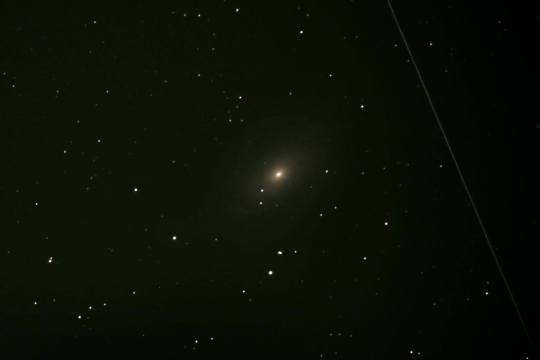
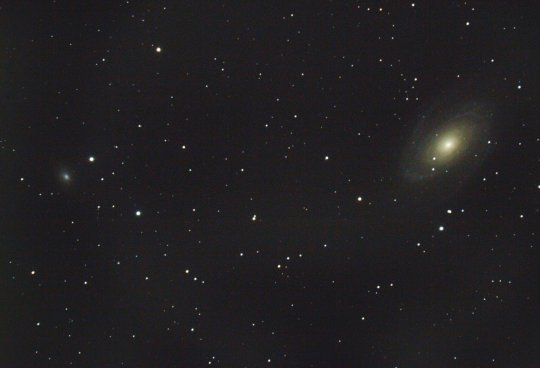
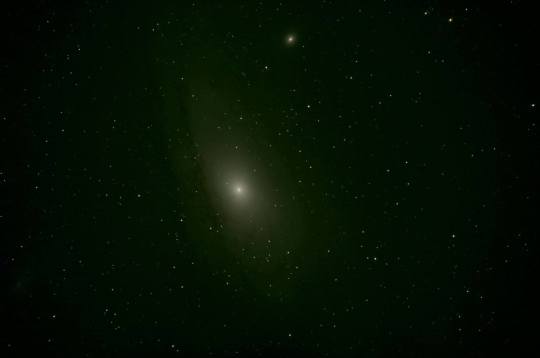

Learning how to use this new program for processing astrophotos called Pixinsight. It’s expensive, and there’s a huge learning curve, but I’m determined to overcome it. Last night was my very first time using it, and since it��s been cloudy and I didn’t have any new data to process I decided to tinker with some old photos that I took at last years Table Mountain Star Party.
Here we have before and after versions of M101 and M31. I’m amazed at how much more info the program was able to draw out...and now I’m more excited than ever for warmer nights to capture some more data to process.
In fact...I’ve made the decision that I’m going to get into narrowband imaging. Within the next year I plan on having my first set of filters, a smaller refractor (ES ED80) and a cooled CCD camera (have my eye on the ZWO ASI1600mm). This new gear along with Pixinsight is going to change how I do astrophotography entirely and I am super excited for this! Stay tuned!
151 notes
·
View notes
Text
M13 – Great Globular Cluster in Hercules
One of the larger globular star clusters in the sky, M13 is home to over 100,000 stars.
This is a fairly large crop with my system. I shot this target a partial night to test a stop-down ring for my scope. The ring slightly improves some optical issues I’ve been dealing with on my stars.
Equipment:
OTA: William Optics GT81 w/Flat6A (382mm fl at f/4.7)
74mm aperture stop-down ring (brings scope to f/5.2)
Mount: Orion Sirius EQ-G (HEQ-5)
Guidescope: Orion 50mm guidescope
Guiding camera: Orion StarShoot Autoguider
Imaging camera: ZWO ASI1600MM-Cool
Software:
SGP
PHD2
CdC
PixInsight
Acquisition:
Location: Ft Griffin State Historic Park, TX (Bortle 3)
Dates: 4/1/19
Gain: 76 Offset: 15
Camera temp: -20C
R: 24×180"
G: 23×180"
B: 23×180"
Total integration time: 3hr 30min
64x darks per calibration (master from library)
30x flats per calibration
200x bias per calibration (master from library)
Preprocessing:
Batch PreProcessing script to generate calibrated images
StarAlignment to register all frames to the reference
LocalNormalization of all registered frames
ImageIntegration
DrizzleIntegration
DynamicCrop each master
DBE each master
RGB Processing:
TGV and MMT noise reduction (via Jon Rista’s method)
LinearFit to Blue
ChannelCombination
PhotometricColorCalibration
Extracted Luminance channel and set aside for processing
ArcsinhStretch x2
MaskedStretch
SCNR green
CurvesTransformation for saturation
ColorSaturation to target blues
L Processing:
Deconvolution
Arcsinhstretch x2
MaskedStretch
Combined L and RGB with LRGBCombination tool
HistogramTransformation
CurvesTransformation to balance background
SCNR green
Resampled to 75% for web posting
Posted by Andrew Klinger on 2019-04-28 21:02:26
Tagged:
The post M13 – Great Globular Cluster in Hercules appeared first on Good Info.
0 notes
Photo
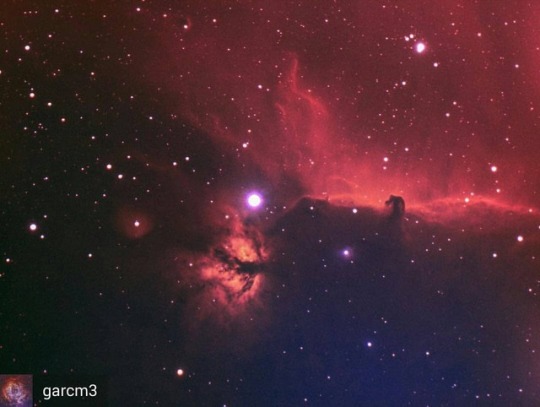
Regrann from @garcm3 - Horsehead and Flame Nebula around the bright star Alnitak, imaged in narrowband (Ha+Sg+OIII) last night during a pretty bright growing Moon. It’s a 1hr of Ha and 1hr of OIII, blended together to make Synthetic Green. Taken with my Explore Scientific 80mm ED APO and ZWO ASI1600-mm Cool (cooled to -24c) on Celestron Advanced VX Mount, processed in Adobe Photoshop #astrophotography #flamehorsehead #flamenebula #horseheadnebula #zwo #asi1600mm #explorescientific #celestron #puremichigan #space #deepspace #nebula #ha #hydrogenalpha #oiii #oxygen #narrowband #adobephotoshop #ig_astrophotography #alnitakLeearango123 - #regrann
#asi1600mm#space#celestron#hydrogenalpha#narrowband#oiii#zwo#nebula#adobephotoshop#alnitakleearango123#flamenebula#puremichigan#ha#explorescientific#oxygen#deepspace#regrann#flamehorsehead#horseheadnebula#astrophotography#ig_astrophotography
0 notes
Text
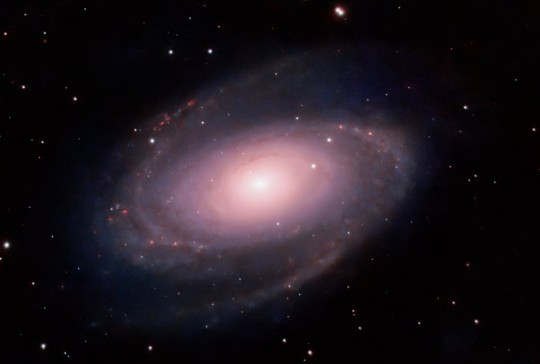
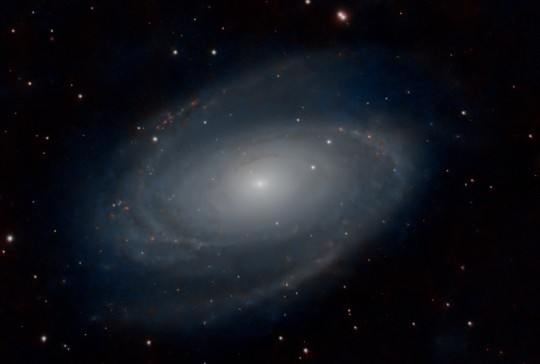
M81 aka Bode's Galaxy. First image includes H-alpha exposure time highlighting the huge red star forming regions.
#m81#bode's galaxy#celestron c8#asi1600mm cool#neq6pro#astrophotography#myphotos#galaxy#backyard astrophotography
5 notes
·
View notes
Text
M65 and M66, the Duo in the Leo Triplet

#m65#m66#leo triplet#galaxy#astrophotography#neq6 pro#celestron c8#backyard astrophotography#myphotos#zwo#asi1600mm cool
2 notes
·
View notes
Text
NGC4565 The Needle Galaxy
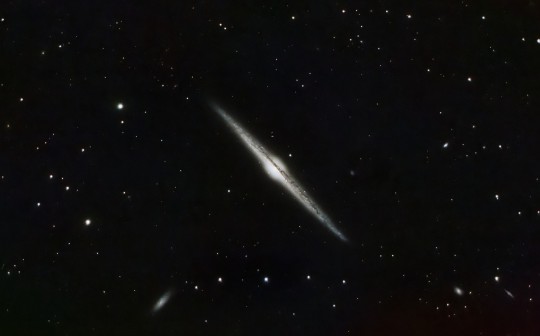
#myphotos#astrophotography#neq6 pro#celestron c8#galaxy#backyard astrophotography#asi1600mm cool#zwo#amateur astrophotography#needle galaxy#ngc4565
2 notes
·
View notes
Text
NGC 2359 Thor's Helmet. Imaged under a full moon. Was worried the details were going to wash out but I am very pleased with the results! Over 6 hrs of exposure.
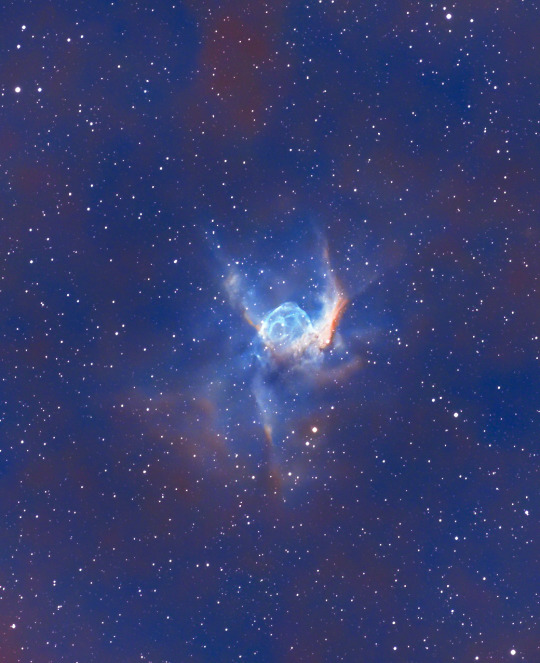
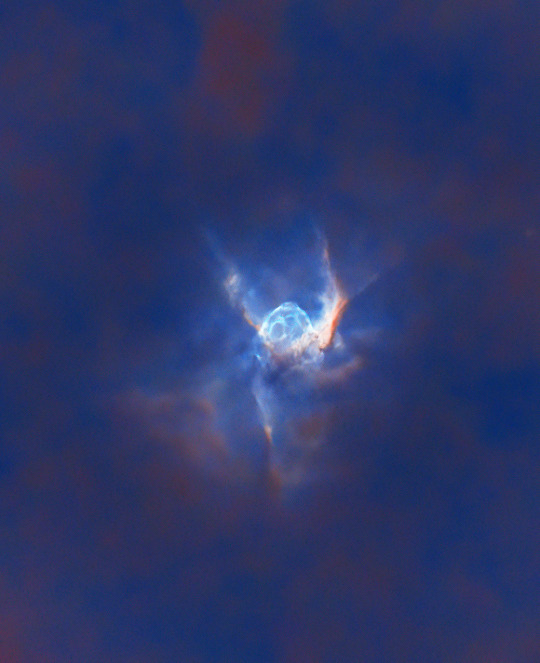
#ngc 2359#thor's helmet#nebula#neq6 pro#starless#myphotos#astrophotography#asi1600mm cool#custom scientific#astronomick#asi290mm mini#pixinsight#topaz denoise
3 notes
·
View notes
Text
M51 The Whirlpool Galaxy. There is a galaxy on the background I labeled as Unknown. Couldn't find it in any catalog. Need some science answers on this one!
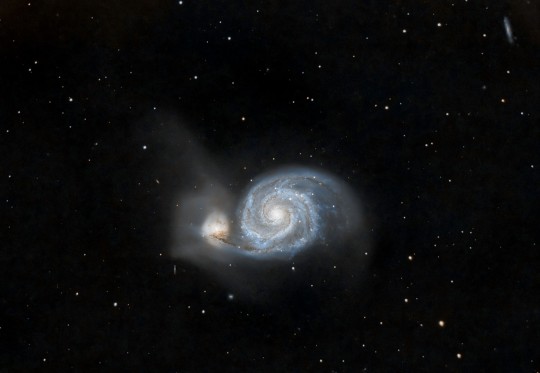


#m51#whirlpool galaxy#galaxy#myphotos#astrophotography#neq6 pro#zwo#celestron c8#backyard astrophotography#celestron 8se#asi1600mm cool#ngc5159#ic4277#ic4278#ic4263#pixinsight#rcastro#gimp
1 note
·
View note
Text
M101 Pinwheel Galaxy taken from my backyard
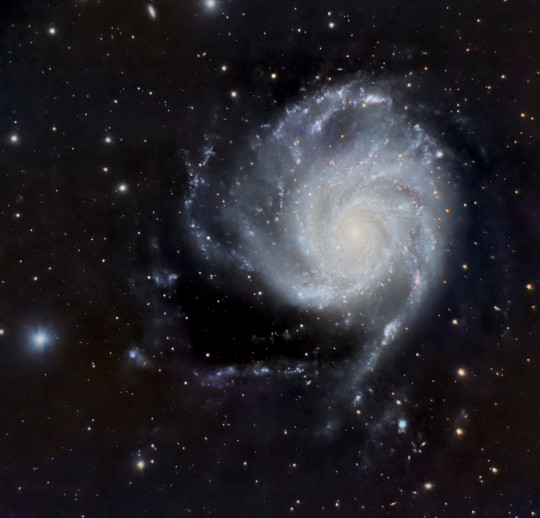
#celestron 8se#neq6pro#asi1600mm cool#backyard astrophotography#amateur astrophotography#zwo#m101#pinwheel#galaxy
0 notes
Text
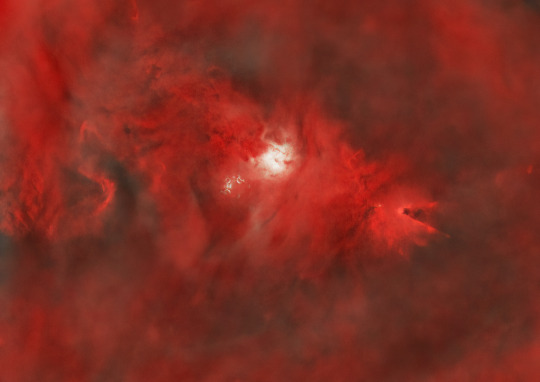
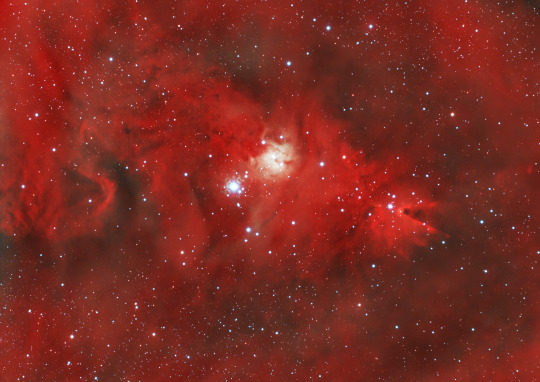
NGC2264 Christmas Tree Cluster from my backyard
1 note
·
View note